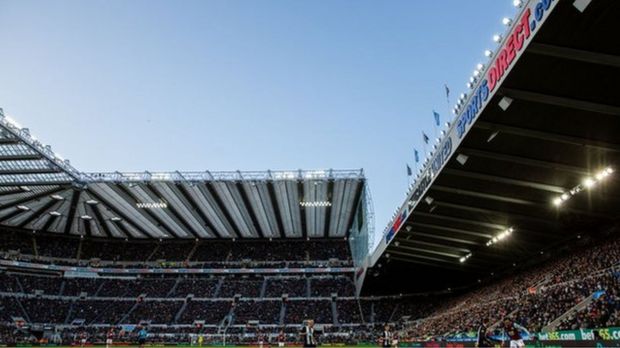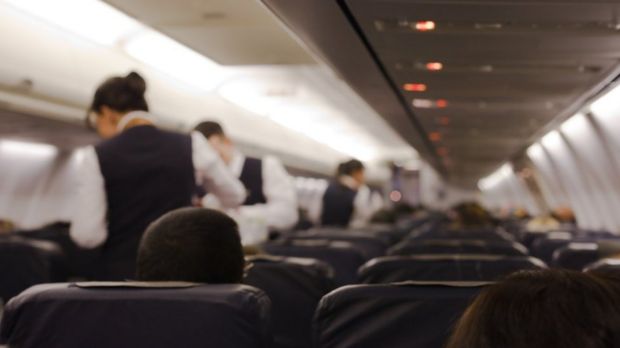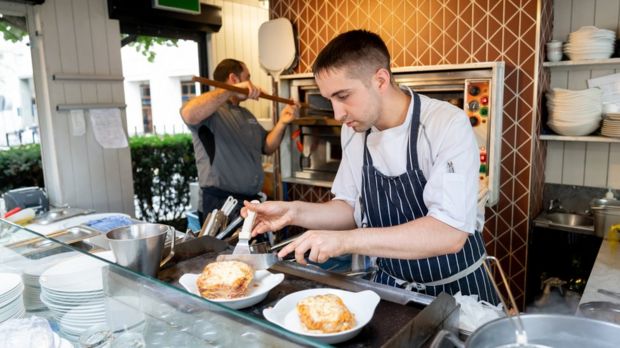
Coronavirus: What does it mean if I've been furloughed by work?
by Eleanor LawrieBosses who have furloughed staff during the coronavirus crisis will have to start paying a share of the government scheme from August.
The furlough scheme is designed to help people put on leave due to the coronavirus outbreak, and to prevent employers having to make mass redundancies.
So how does it work and who is eligible?
What is furlough?
The government is currently paying the wages of more than a quarter of UK jobs through its furlough programme - the Coronavirus Job Retention Scheme.
It puts workers on leave and allows them to stay on the payroll.
About 8.4 million workers have been furloughed since March, with the government paying 80% of their salaries up to £2,500 a month.
Companies can top up this pay if they choose and must let employees know they have been furloughed.
The scheme - backdated to 1 March - opened to applications on 20 April. By the end of May £15bn of claims had been made.
It will run until the end of October and is expected to end up costing about £80bn.
What changes has the chancellor announced?
On 29 May, Mr Sunak announced two changes.
From 1 July, businesses can bring furloughed employees back to workplaces part-time, a month earlier than previously announced.
It will be down to individual firms to decide what part-time means and pay the wages for that time. They will be able to set the hours and shift patterns staff will work.
For example, Mr Sunak said an employer could bring someone back to work two days a week. In that situation, the employer would pay for those days, while the furlough scheme would cover the employee for the other three working days.
From 1 August, employers will have to pay national insurance and pension contributions. Furloughed workers will continue to receive 80% of their pay.
In September, employers will then pay 10% of employees' salaries - rising to 20% in October.
How can my business apply?
Check you are eligible for the scheme, and then work out how much to claim using the government's online calculator.
You can claim 80% of your employees' wages - capped at £2,500 per employee per month before tax, or £576.92 a week.
If employees are not paid set amounts each month - for example if they have returned from maternity leave, or receive top-up pay - you will need to calculate your claim manually, or seek professional advice.
Furlough covers overtime and commission payments built in to an employee's salary, but not discretionary payments such as tips or optional bonuses.

All the money claimed must be paid to your workers, or to cover their national insurance and pension payments, even if a firm is in administration.
HMRC will check your claim, and pay you through a UK bank account, if you are eligible. Claims take about six working days to process.
Can I be put on furlough?

Potentially yes, if your company can't give you work to do because of the coronavirus outbreak.
The scheme covers those who were on an employer's PAYE payroll on 19 March 2020.
This includes full-time and part-time workers, and employees on flexible, zero-hour or agency contracts.
You must be furloughed for at least three weeks, and you can be furloughed more than once.

If you have been made redundant since 19 March, your former employer can re-hire you under the scheme. But newly hired employees are not eligible.
Any UK organisation with employees can apply, but it will mainly be private sector businesses and charities making a claim.
Apprentices can also be furloughed and continue their training. An individual can furlough an employee, such as a nanny, if they are paid through PAYE.
The self-employed who are adversely affected by the virus are eligible for a taxable grant of up to 80% of their average monthly profit, if they meet certain conditions.
They must have been self-employed since at least the start of April 2019, and earn an average of less than £50,000 in a tax year. Those who receive it can continue to work.
The grant is a one-off payment covering three months, up to a maximum of £7,500.
Will I still get sick pay and a bonus?
Anyone placed on furlough has the same employment rights as before. If you are ill you are eligible for statutory sick pay or can be placed on furlough.
If you are on unpaid leave, shielding for health reasons or have caring responsibilities, you are also eligible. Staff on maternity, paternity, adoption or shared parental leave will still receive statutory pay from the government.
Employers do not have to top up salaries that no longer reach the minimum wage.
Can I work or volunteer if I've been furloughed?
If you are placed on furlough you can't do any work for your employer. This will change from July onwards when the government says furloughed workers can return on a part-time basis.
You can volunteer in the community or even for your company as long as you aren't creating revenue or providing a service. Employers can give employees additional training, but must top up furlough payments if they do not reach minimum wage.
From July to October, you may be able to work part time, and be furloughed for the remainder of your hours.
If you work for more than one firm, you can receive furlough from any of them, up to £2,500 a month per employer.
You can continue working for any that still need you or for a new employer, provided you are not breaching any existing contracts.
Is my job guaranteed when furlough ends?
Companies don't have to keep on any employees when furlough ends, and cannot use these payments to subsidise redundancy packages.
The hope is that by the time the scheme ends, restrictions will have lifted and businesses can start paying full salaries again.